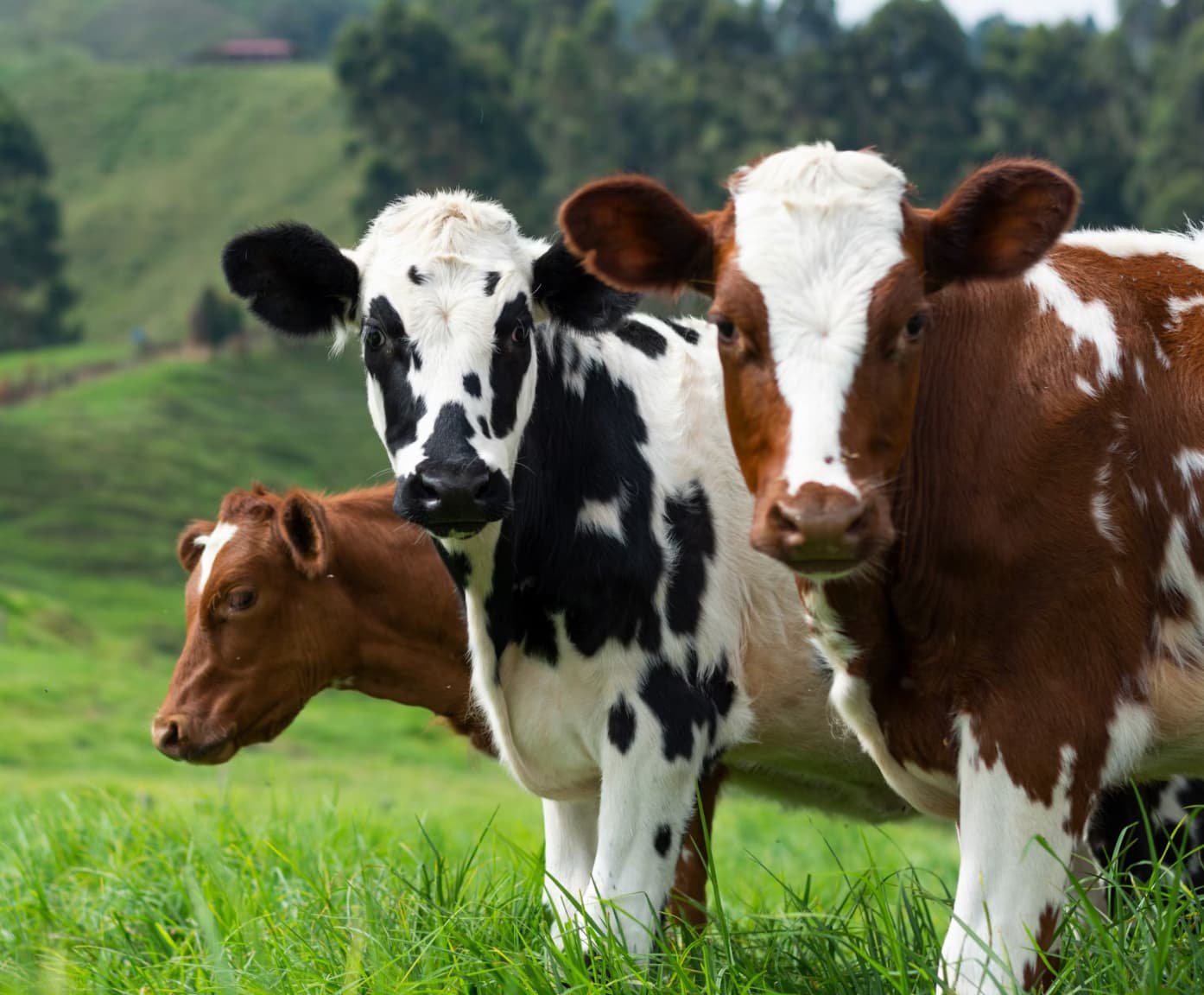TABLE OF CONTENTS
Rupture of the Perineum and Vulva in Animals
Rupture of the perineum and vulva in animals is most commonly observed in mares but can occasionally occur in cattle and, less frequently, in sheep. This condition typically results from excessive traction applied during rapid fetal extraction, which prevents the gradual dilation of the vulva and perineal region, leading to tissue rupture.
In dairy heifers, this condition is rarely observed.
Severe hemorrhaging may occur, and in some cases, it can be fatal.

In Mare
In anterior presentation, forelegs and even the nose or in the dorso-pubic position, the long limbs of the fetus:
- May be pushed dorsally into the vaginal roof and rectal floor
- This sacculated portion, due to the violence of parturition, is forced into the dilated anus.
- Vagina and rectal floor rupture.
- The feet protrude from the anus.
- As the fetus is expelled the vulva and anus are torn longitudinally.
- In rare cases the vulva and vestibule remain intact and the fetus is expelled through the ruptured rectum, anus and perineal tissues.
- Presence of the ruptured perineum or “gill flirter” condition cause the rectum and vestibule to become a continuous cavity or “cloaca”.
Prognosis
- For the life of the patient is good, if hemorrhage or shock is not immediately fatal.
- If the condition is not corrected, the future breeding life of the animal is poor.
- Very rarely “gill-flirter” mares may concieve. Prognosis for this operation is usually guarded.
Treatment
- Advisable to correct and suture the rupture immediately
- Exercise care to suture the rectal wall and anal sphincter.
- If the operation is not performed immediately, postpone about 6 weeks until the swelling and granulation tissue has subsides and the wound completely heals.
- If surgery is not performed, the feces drop into the vagina, the vulva and vaginal
- mucous membranes are irritated, and the animal sucks air, pneumovagina, and there is a profuse discharge of mucus and feces that soil the rear parts. This condition is seldom observed in the cow but mild vulvo-anal lacerations and ruptures are seen especially in beef heifers and rarely in ewes.
- In cattle, proper use of episiotomy incisions would prevent this condition.
Operation Technique
A two-phase operation is recommended for the surgical repair of third degree perineal lacerations and rectal vaginal fistulas.
- First operation: Produces a firm shelf of tissue between the rectum and vagina by suturing the scarified tissues between the rectum and vagina and the vaginal mucus membrane but not placing sutures through the rectal mucosa.
- Second operation: Performed in about 2 weeks that closes and reforms the perineal area, the anus and vulva.

